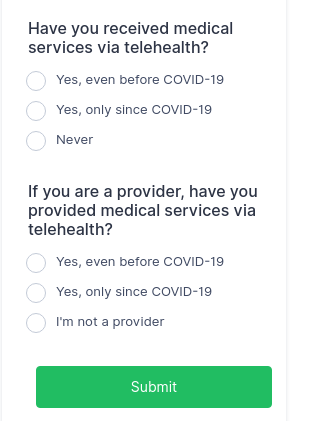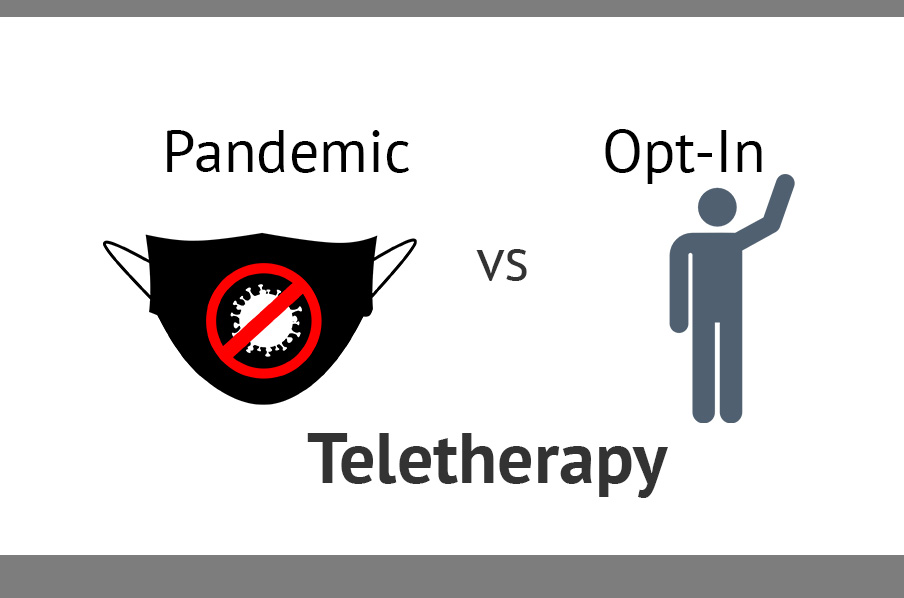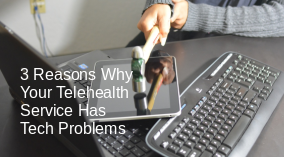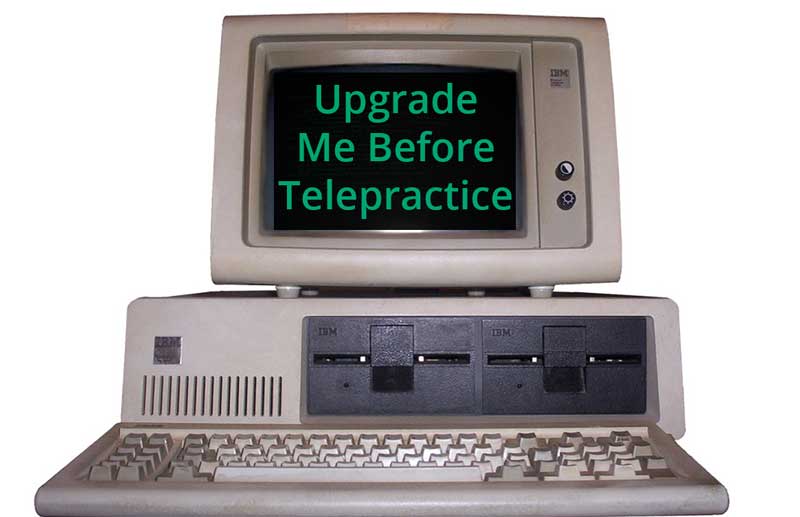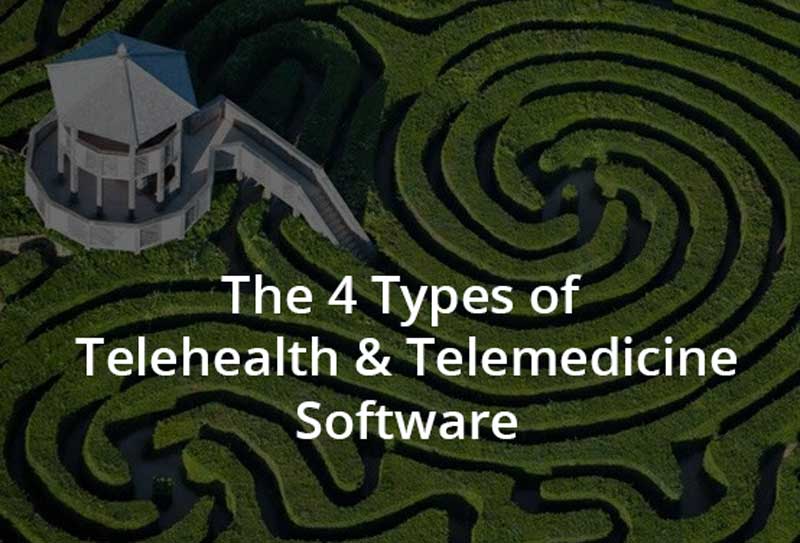After Years of Using Zoom for Teletherapy |

COVID-19 (Coronavirus) has been the top headline for weeks. Daily life in China has already been drastically affected. Schools, businesses, and even public transportation has been shut down in vast numbers across the country.1 At Blink Session we have already had several Chinese companies sign up for our telehealth platform in order to continue treating and providing therapy. As the virus spreads, other countries are preparing for a similar impact on daily life.
The Centers for Disease Control (CDC) in the U.S. has now advised Americans to prepare for the spread of COVID-19.2 At telehealth.training we are certainly not a public health advisor. We do not provide any medical care. What we do is advise companies on how to implement a telehealth initiative. Our parent company, Blink Session provides the telehealth platform providers use to connect to their patients online.
With the rise of COVID-19, we have seen a rise in the number of companies asking us for help regarding treating online, both in terms of advice and tech. Treating online is a great option in times such as these, but our warning is that you must plan in advance to deliver services this way.
Do not expect to implement telehealth services overnight.
In light of this, we have developed this telehealth starter preparation list:
1) Write a list of the services you can provide online and try to envision how they would take place. There will also be client-by-client factors involved. You must have a realistic sense if health or therapy goals can actually be achieved online for each client. If they cannot, don't attempt to force a client to meet online.
2) Determine if your providers have adequate computer hardware and internet connection(s) to connect to their clients over internet video. The number one reason telehealth programs fail is false assumptions about the technology involved. Providing medical consults or therapy online is not the same as using FaceTime or Skype with friends. It is crucial that you know what technology your staff will need.
3) Determine what computer hardware and internet connection your patients would need to have to connect to you. The hardware they need will vary based on the type of service you offer. In some cases, you might need to provide hardware. It is extremely important that you know how to determine if your clients are tech-quality to even meet online. Assumptions are your enemy here. Simply because you are prohibited from seeing your client in person, don't assume your clients have the necessary equipment, connection, and technical ability to meet your providers online.
4) Meet with your providers to get their feeling and perspective about treating online. Don't simply ask them if they are comfortable with telehealth. Push them to determine if they can envision what it would be like to treat over a video conference. A recent survey found 84% of respondents felt that additional training was needed before providing telehealth services. Simply because you are prohibited from seeing your client in person, don't assume your providers can realistically treat them online.
5) Develop a telehealth (teletherapy) handout for patients with information and qualification questions. The questions should help you determine if the client has the equipment, connection, and technology know-how required for a telehealth visit. Remember this, if you believe 100% of your in-person clients can be seen online, you are probably making false assumptions. False assumptions lead to telehealth failures.
6) Decide on an acceptable success rate (attendance) for your telehealth services. It is important to have realistic expectations about how many clients will actually be able to connect to you. This will depend on many factors, but an important one is how many patients providers see in a day. If you only see five clients a day for hour sessions, you will experience a lot less tech issues simply because you are connecting to less people.
7) Shop for and procure a telehealth platform, telehealth training, and potentially consulting. You can sign up for a conusltation to get a demo of the Blink Session platform. Whatever telehealth software you choose, it is vitally important you have it in place a least a few weeks before you plan to use it. It is also vital that your providers have training on how to use the software and do their job online. Again, assumptions are your enemy.
Telehealth Quick Poll
